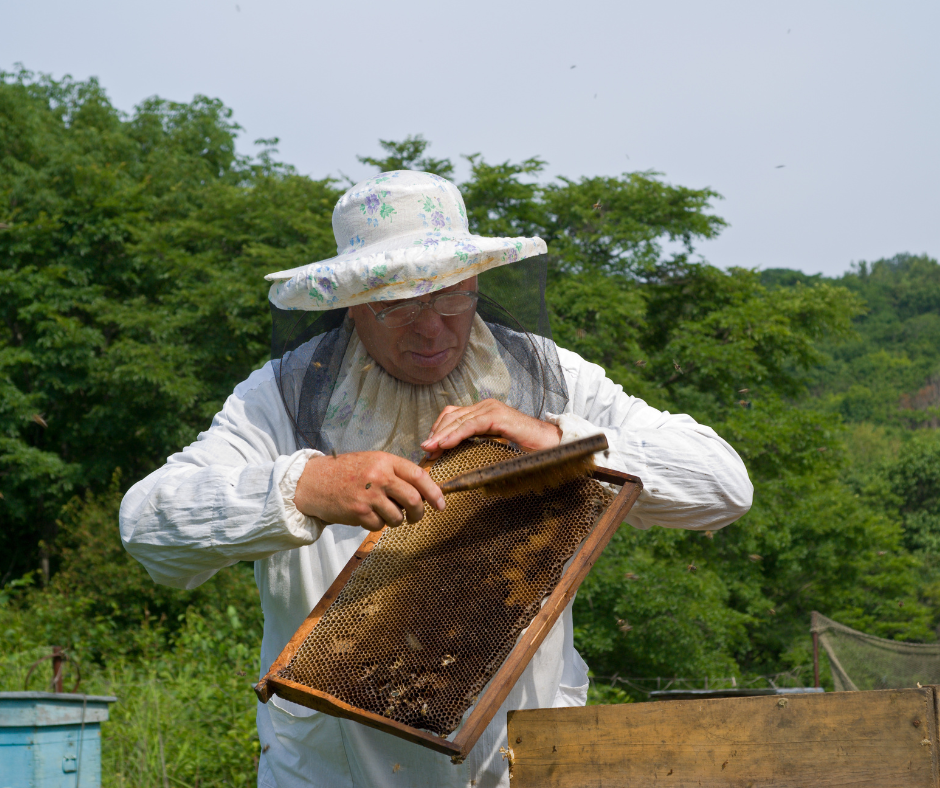
Buzzing in Style: Beekeeper Attire Trends
In the captivating realm of apiculture, the beekeeper attire stands as a formidable shield, a harmonious blend of practicality and tradition that has been refined over centuries. This specialized ensemble represents far more than just clothing; it is a symbol of the beekeeper's commitment to nurturing and safeguarding the intricate world of bees while harvesting their sweet, golden nectar - honey. Let us delve into the details of this remarkable attire that bridges the gap between human and honeybee.

1.The Protective Veil: At the heart of the beekeeper attire is the protective veil, an essential component that guards the beekeeper's face and neck from the potentially painful stings of the industrious bees. This fine meshed netting envelops the wearer's head, allowing for unobstructed vision while ensuring that bees cannot penetrate the delicate facial skin, ensuring both safety and comfort.
The Smock or Bee Suit: The beekeeper's smock, often referred to as the bee suit, serves as the second layer of defense. These suits are typically crafted from lightweight, breathable materials like cotton or synthetic blends, offering comfort in hot weather while still protecting the wearer from bee stings. The design often includes elasticized cuffs and waistbands, preventing bees from entering at these vulnerable points.
Gauntlets: Beekeeper gloves, also known as gauntlets, are critical for safeguarding the hands and wrists. Constructed from sturdy leather or rubber, these gloves provide essential protection while allowing for dexterity to manipulate hive components and inspect the colony without fear of bee stings. The length of the gauntlets varies, with some extending up to the forearms for added coverage.
The All-Important Beekeeping Boots: Ensuring that no part of the beekeeper's body is left unprotected, beekeeping boots are designed to cover the lower extremities. These boots often feature thick, rubber soles that prevent bee stings on the feet while offering a non-slip grip, crucial when working around hives. Beekeepers typically wear these boots over their regular clothing.
The Bee Smoker: While not technically a part of the attire, the bee smoker is an indispensable tool carried by beekeepers. It assists in calming the bees during hive inspections and honey extraction. The smoker generates cool smoke that masks alarm pheromones, allowing beekeepers to work more safely and efficiently.
Conclusion:
The beekeeper attire is not merely a practical necessity; it represents a deep respect for the intricate world of bees and the vital role they play in pollination and honey production. Beyond its functional aspects, this attire is a symbol of the beekeeper's dedication to harmoniously coexist with nature, nurturing the honeybee colonies that contribute to the delicate balance of our ecosystem. As a living testament to tradition, science, and dedication, the beekeeper attire embodies the essence of apiculture itself, weaving together the threads of protection, respect, and sustainability in the timeless pursuit of liquid gold - honey.
Appreciate the creator